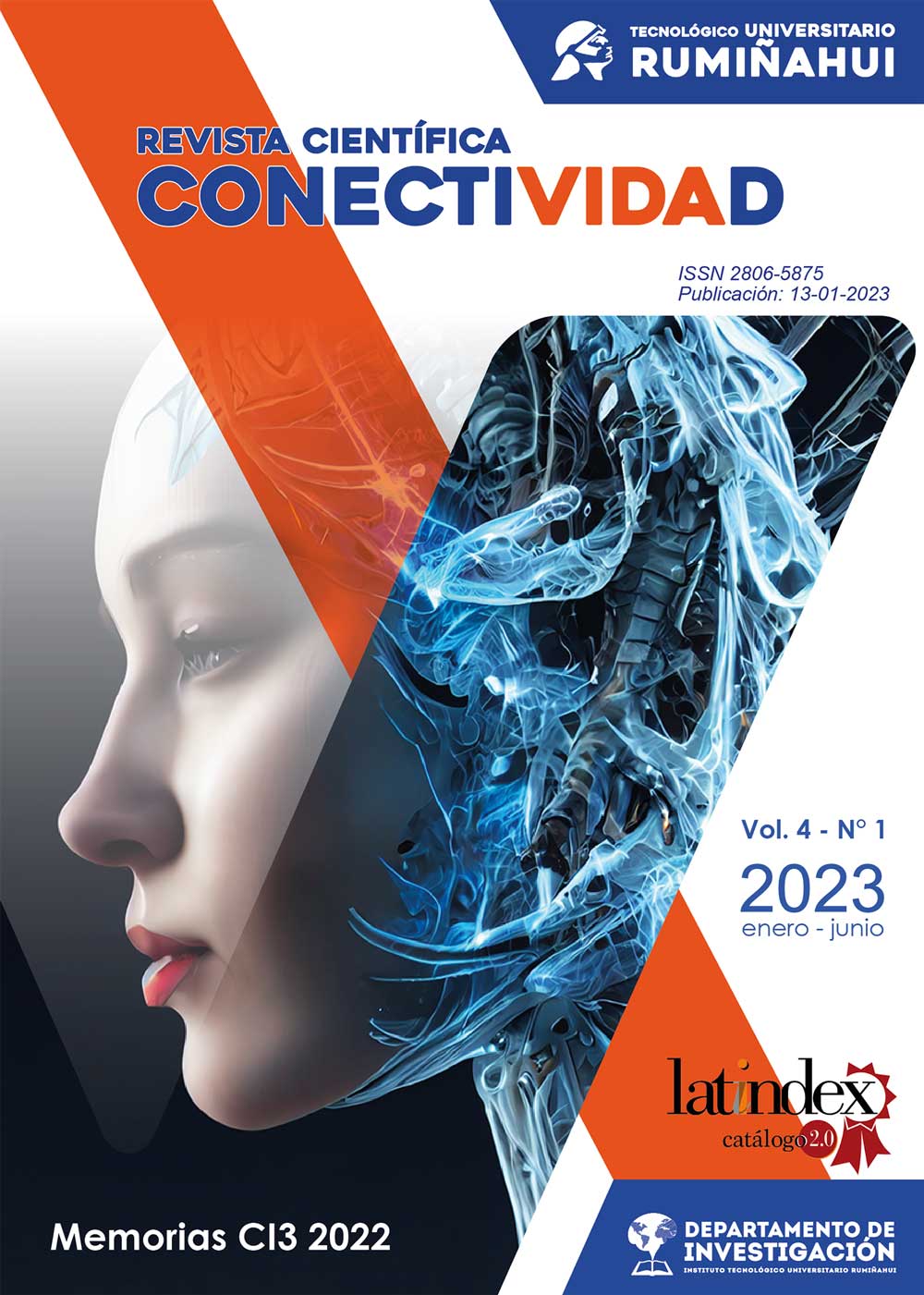Impact of financial inclusion on poverty and unemployment on access to higher education in Ecuador a financing model
DOI:
https://doi.org/10.37431/conectividad.v4i1.55Keywords:
Access to higher education; Financial Inclusion; Financing ModelAbstract
The most important problem in access to Higher Education, apart from the lack of places offered by state institutions, is the economic limitation of students and their families. This situation does not allow an applicant to study a university degree. It seeks to propose new financing alternatives within the framework of the popular and solidarity economy to improve access to higher education. For this purpose, the multiple regression tool was used to predict the behavior of poverty, unemployment and financial inclusion and its incidence in the enrollment rate in a period of 15 years. It turned out that financial inclusion has a greater influence on the enrollment rate. The results allowed the elaboration of the prediction model with a horizon of five years. In addition, the creation of a savings bank was established as a new financing alternative and that higher education institutions have the challenge of implementing them.
Published
How to Cite
Issue
Section
License
The originals published in this journal's printed and electronic editions are the property of the Instituto Superior Tecnológico Universitario Rumiñahui. Therefore, citing the source in any partial or total reproduction is necessary. All the contents of the electronic journal are distributed under a Creative Commons Attribution-Noncommercial 4.0 International (CC-BY-NC 4.0) license.



2.png)











